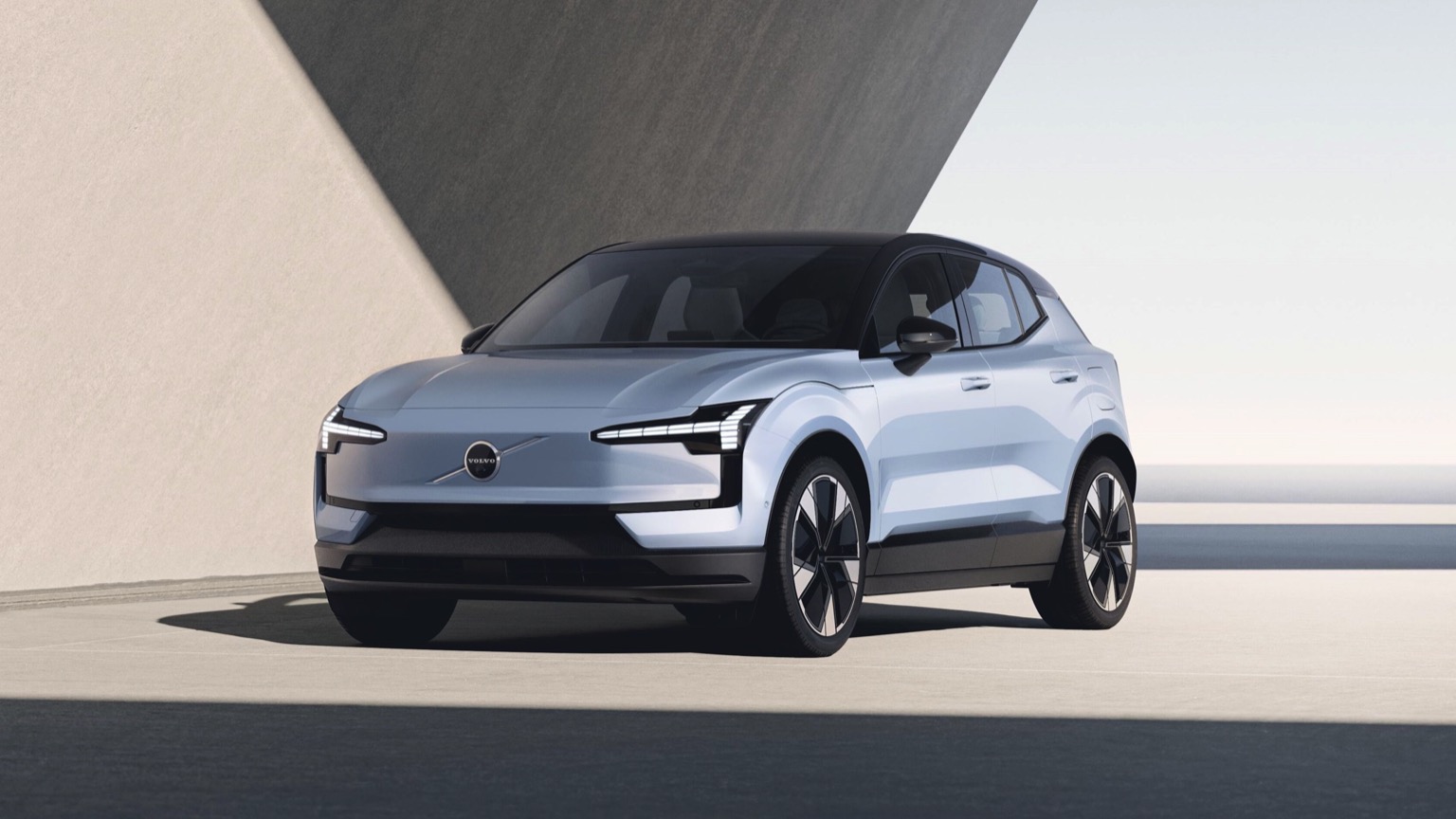Took a test drive on the new Volvo EX30, and guess what? The rear-wheel drive version goes much farther on a single charge than the fancy all-wheel drive model! Bjørn Nyland, an electric car testing expert, put both versions to the test.
The rear-wheel drive EX30 with a 69-kilowatt-hour battery (around 64 kWh usable) is estimated to travel 257 miles on a full charge at a steady speed of 56 mph. That’s over 70 miles more than the all-wheel drive version can do at the same speed! Even at highway speeds of 75 mph, the rear-wheel drive model can still go 185 miles.

There are a couple of reasons why the rear-wheel drive version is more efficient. First, it’s a bit lighter than the all-wheel drive one. Second, it doesn’t have all the extra motors and parts that power all four wheels.
The base Volvo EX30 sold in the U.S. will come with smaller 18-inch wheels, which might help it go even farther on a charge than the one tested here with 20-inch wheels. The official estimate for the U.S. model is 275 miles.
There’s just one catch: although the EX30 is a popular car worldwide, it might not be coming to the U.S. anytime soon. This is because of a new tax on electric cars made in China, which is where the EX30 is currently built. Volvo plans to start making the EX30 in Europe in 2025, but it’s unclear if they’ll be able to sell them in the U.S. after that.

